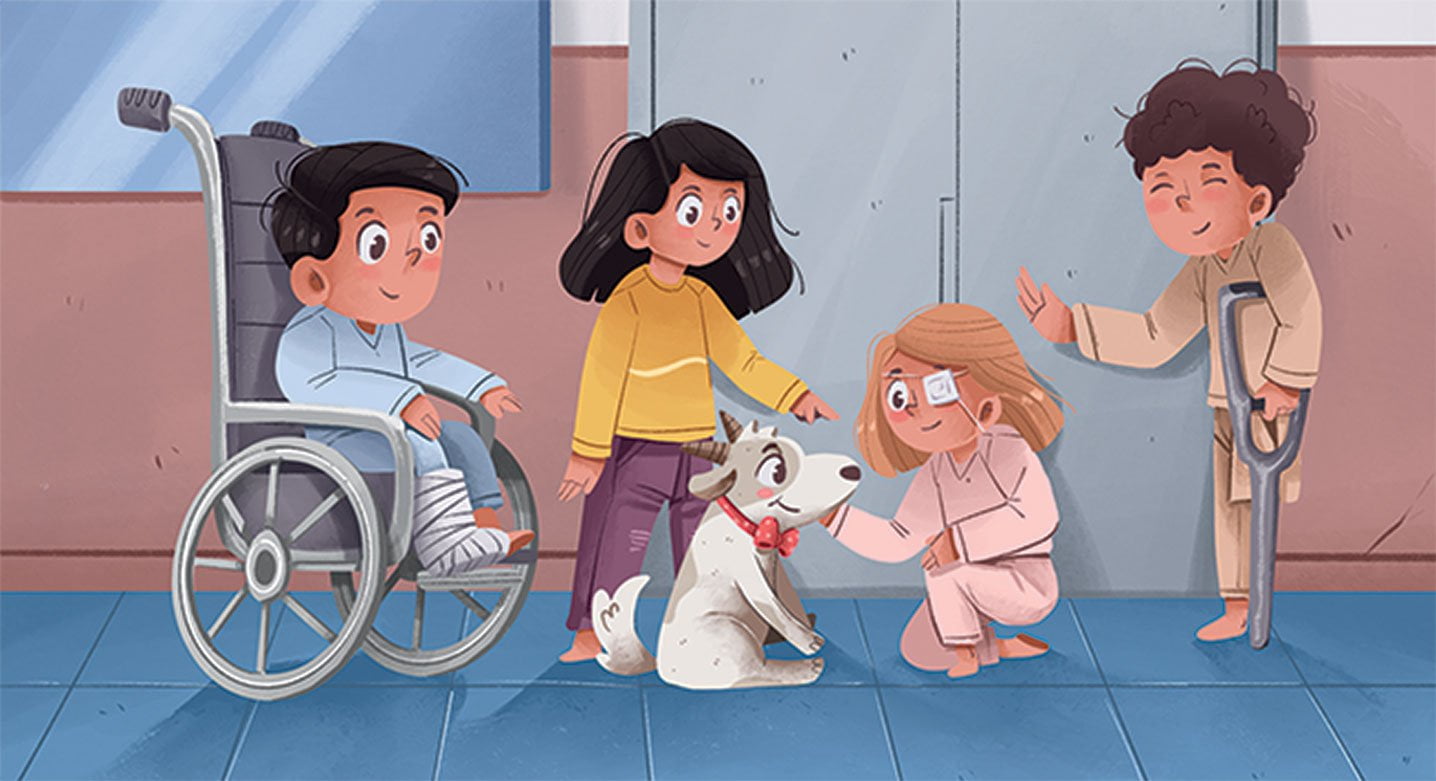
How to Create Meaningful Conversations with Your Child
What are some successful ways of communicating with children? How can a parent or adult have a meaningful conversation with a younger child?
Why do today’s children seem distracted and often unable to connect with not only adults but with their peers?
Children are often given phones for game play at restaurants or in cars so adults can have meaningful conversations with other adults or use their own phones uninterrupted. Children are given computers in first grade and often use them in school to replace teacher interactions. Consequently, we are creating a generation that is deficient in personal interactions on both the adult and peer level.
Therefore, how do we rectify this situation? After over 40 years of raising children, having grandchildren and tutoring all levels of school from kindergarten through college, I have come to certain conclusions:
Listen to children.
First, we need to listen to our children. We need to look at them and become engaged in what they have to say. So often adults become distracted so they merely nod or agree with children. This sends the message that what the child has to say is not really important. Children are quick to pick up these cues from adults such as eye contact, facial expressions and body language.
When we listen to our children, we need to become fully engaged with them.
Whatever we are doing, we need to stop, look at the child, and show interest in what the child is saying. This action will validate the child’s sense of self worth that he or she has something of importance to share.
Full attention and eye contact.
Looking the child in the eye is extremely important as we convey interest in the child. Showing animation with our eyes encourages the child to want to share his or her thoughts with us. If a child is talking to us and we look at our phones or read our computers rather than giving our full attention to the child, the child can feel less important and decide what he or she has to say is not really important.
If this situation with adults persists with children, the children can often retreat to their own private thoughts and give up trying to share them with adults. The child then becomes more withdrawn from the adult world and will spend more time in his or her own world of thoughts and fantasy. Successful adults are taught to look people in the eye as they communicate with them.
We need to utilize this same tool with our children and validate their words.
Ask meaningful questions.
This next important consideration is to ask the child questions. We need to find out what is important to them. You can ask their favorite video or computer game. Most children and teens now engage in some type of either sports or competitive computer games. They play these games on their phones and on their computers. Discussing these games allow the children to talk about their favorite characters and what type of “skins” they like to pick for these characters.
You can even discuss settings that the children like to portray on the games. Acting interested in children’s games will go a long way in encouraging communication with you and the child. Moreover, children get excited to talk about the game systems like x-box, play station and the switch. Children often become engaged when asked which game system they like and why.
Don’t forget to let them speak.
Again, asking a child’s opinion validates his or her thought processes. Many children play sports so a conversation about their sport opens new lines of dialogue. Discussing past games or their position or teammates allows further reasons for a child to share their favorite sport.
Many children follow college or professional sports and have favorite players. Talking about these players opens dialogue.
Using a computer to look up the statistics on these players further shows the child that you are interested. Asking the child to comment on why he or she follows the players provides more avenues for dialogue.
Asking children what they like to read about or what they like to watch on TV or streaming can open conversation. Talking about the shows or the book lets the child share personal thoughts.
It is very important not to dismiss the child’s ideas or choices. If a choice in shows seems inappropriate, the adult can gently talk to the child and express why the show is not appropriate for children. This discussion needs to be done with love and understanding by the adult. You may be pleasantly surprised at the wealth of successful conversations these questions can generate.
Position of the adult in conversation.
Children are usually smaller than adults so they become used to looking up at the adult and having the adult look down on them. It can be very productive if the adult tries to be on the same level as the child such as both sitting on a couch or on chairs.
Another successful position is for the adult to kneel or sit and be able to look the child in the eye as the child attempts to talk to the adult. This position can provide comfort and feelings of acceptance as the adult shares the same space with the child.
Don’t forget to maintain eye contact as you listen and ask questions to your child. Try these proven simple courses of action and watch your children come alive with conversation.
Avoid name calling.
Adults often forget how words can impact a child. Calling the child “stupid” or “idiot” or whatever negative word that comes out in frustration or anger can have a huge impact on the child. The child often starts to believe the negative words about himself or herself and will then shut down and avoid communication. It is also important to be thoughtful in judging a child’s comments saying “it’s wrong”. Instead try to encourage conversation and scenarios where the child can see the error in his or her thinking. An example could be not wanting to wear a sweater or jacket on a cold day. The adult can ask the child
“What happens when people stay cold for long periods of time?”
The child might respond that people could get sick. The next question could be
“What do you do when you’re sick, and how do you feel?”
This type of questioning can then lead the child to decide on his or her own to wear the jacket or sweater. These discussions build confidence in the child because it gives him or her a sense of being included in the decision-making process and remove the defiance a child may feel at the adult’s initial request. Now the child is learning to engage in simple problem-solving skills and is learning that there are consequences to one’s actions.


